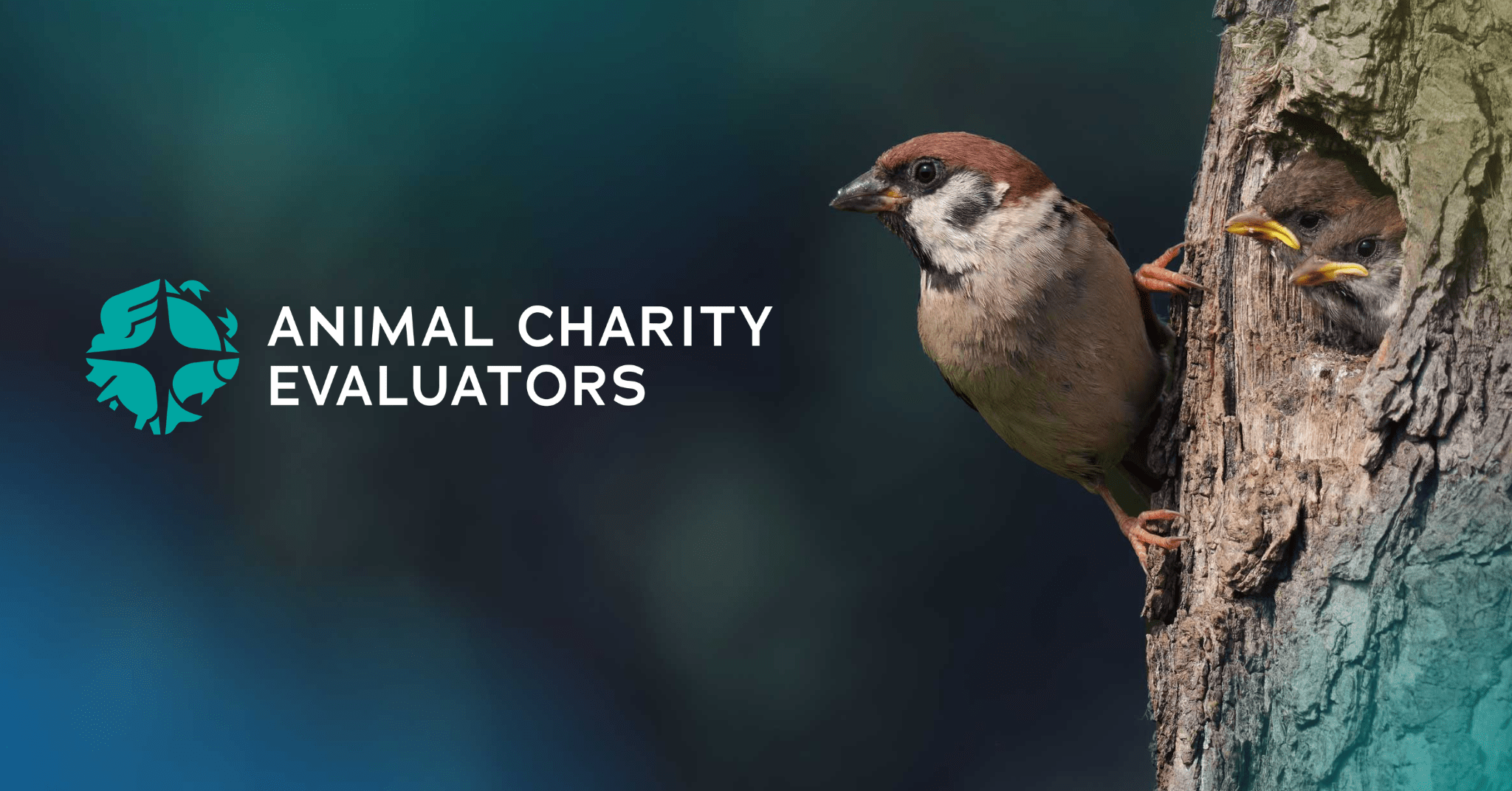Hi! We're researchers from Animal Charity Evaluators (ACE), and for the next two hours, we'll be answering questions about our 2024 charity recommendations and our charity evaluations process.
Our team answering questions is:
- Elisabeth Ormandy, Programs Director
- Vince Mak, Charity Evaluations Manager
- Maria Salazar, Senior Researcher
- Max Taylor, Researcher
- Zuzana Sperlova, Researcher
How to participate? Make sure you've created a FAST Forum account and post your questions in the comments section.
We look forward to answering your questions!
For a limited time, all donations to our Recommended Charity Fund will be matched! Your support will help all 11 of our Recommended Charities that we estimate will have an exceptional impact for animals with additional donations. Thank you for your support and for caring about creating a kind world for animals.



On your recommendation list, there are charities that are clearly cost-effective charities, that you tested with your new methodology, and that stand the test and came across to you as highly impactful opportunities.
On the other hand, there are somewhat more speculative charities, that have a less clear Theory of Change and at the moment could have less impact for animals (which e.g. was not tested with your new methodology, because some of them are recommended a second year in a row).
Are you not concerned that having those double standards this year (some charities evaluated with new, more rigorous methodology, and some not) might lead to directing money to these speculative, and possibly less impactful opportunities, rather than directing them to organizations that create tangible impact for animals?
Thank you for your question. We refine our methods each year and we don’t think that recent changes mean that we can no longer rely on the decisions we made in 2023.
Specifically about cost-effectiveness, in the past ACE has identified limitations of direct cost-effectiveness analyses and found it less helpful to directly estimate the number of animals helped per dollar. Instead, we began exploring ways to model cost-effectiveness, such as achievement scores and the Impact Potential criterion. Since then, the animal advocacy movement (namely Welfare Fo... (read more)